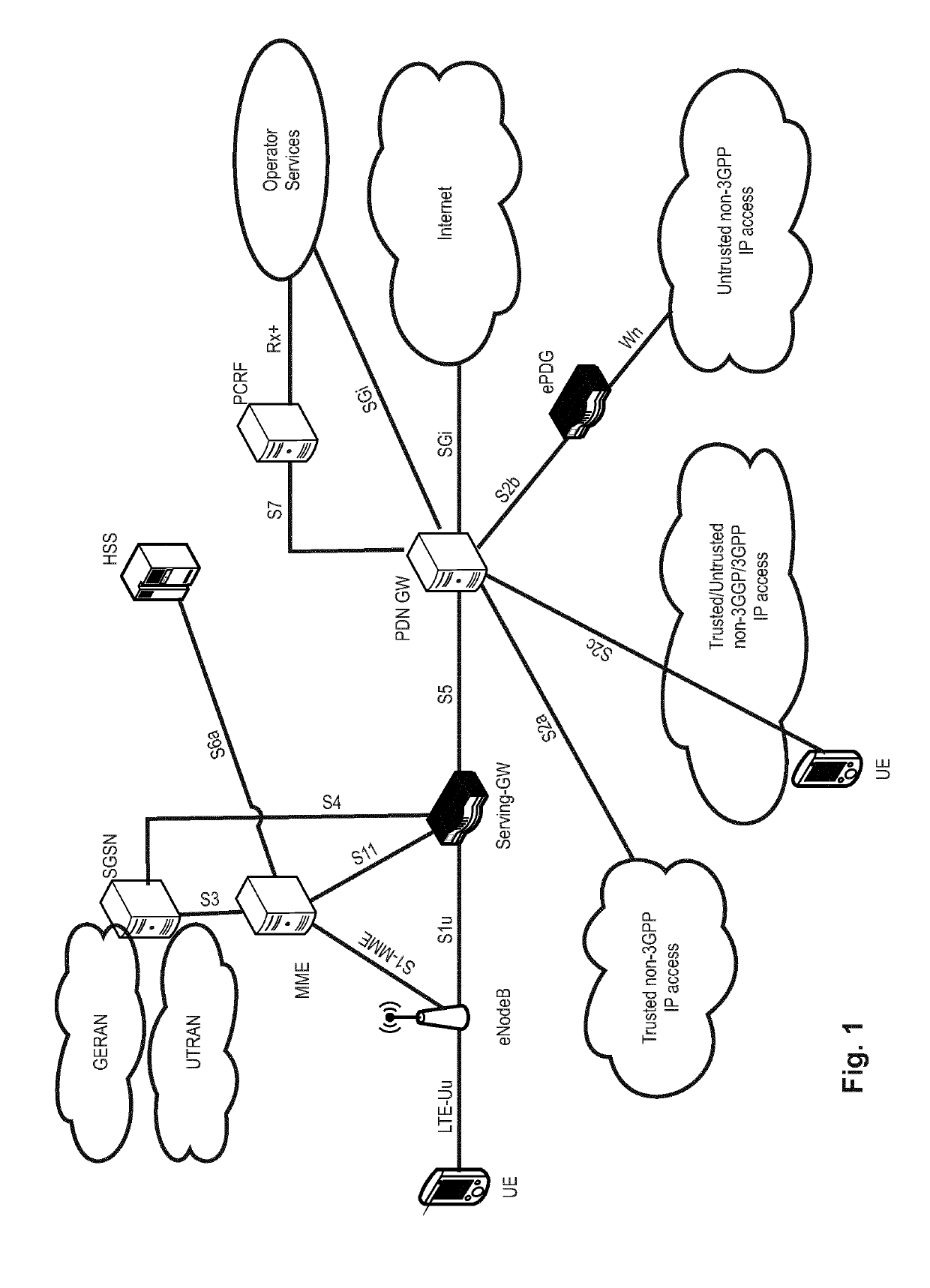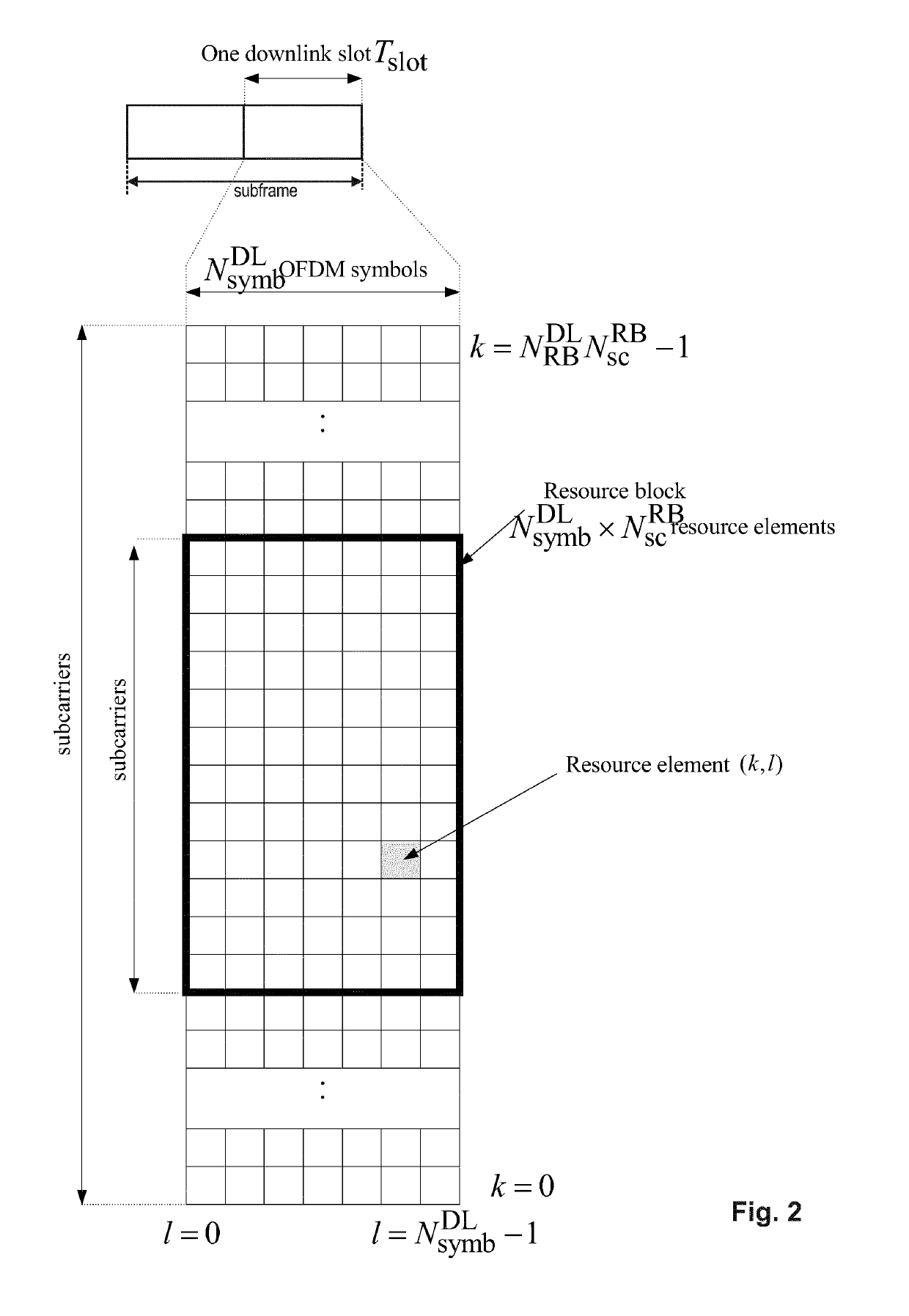Procedures for grouping wearable devices with LTE master ues
a wearable device and master ue technology, applied in the field of grouping procedures for wearable devices with master ues, can solve the problems of lte-advanced system wide spectrum band, affecting the service continuity of wearable devices, and currently not being able to configure mobile terminals, etc., to achieve low cost, low cost, and the effect of ensuring service continuity
- Summary
- Abstract
- Description
- Claims
- Application Information
AI Technical Summary
Benefits of technology
Problems solved by technology
Method used
Image
Examples
first embodiment
[0339]In the following a first embodiment for solving the above-mentioned problem(s) will be described in detail. Different implementations and variants of the first embodiment will be explained as well.
[0340]Exemplarily, a scenario with a wearable UE (W-UE) and a master UE (M-UE) is assumed as generally illustrated in FIG. 11, for example a user having both a smartwatch and a smartphone. The wearable UE is assumed to have capability to establish its own connection with the radio and core network, e.g., the wearable UE has corresponding hardware (e.g., transceiver) and its own SIM / USIM / UICC slot card with corresponding IDs (e.g., IMSI, MSISDN, etc.) to be separately identifiable in the core network. In addition, the wearable UE also has the capability of establishing a short-range connection (e.g., LTE D2D, Bluetooth, WiFi) with the master UE. In turn, in order to gain some specific advantages (explained further below) from the grouping procedure provided by the various implementati...
PUM
 Login to view more
Login to view more Abstract
Description
Claims
Application Information
 Login to view more
Login to view more - R&D Engineer
- R&D Manager
- IP Professional
- Industry Leading Data Capabilities
- Powerful AI technology
- Patent DNA Extraction
Browse by: Latest US Patents, China's latest patents, Technical Efficacy Thesaurus, Application Domain, Technology Topic.
© 2024 PatSnap. All rights reserved.Legal|Privacy policy|Modern Slavery Act Transparency Statement|Sitemap



